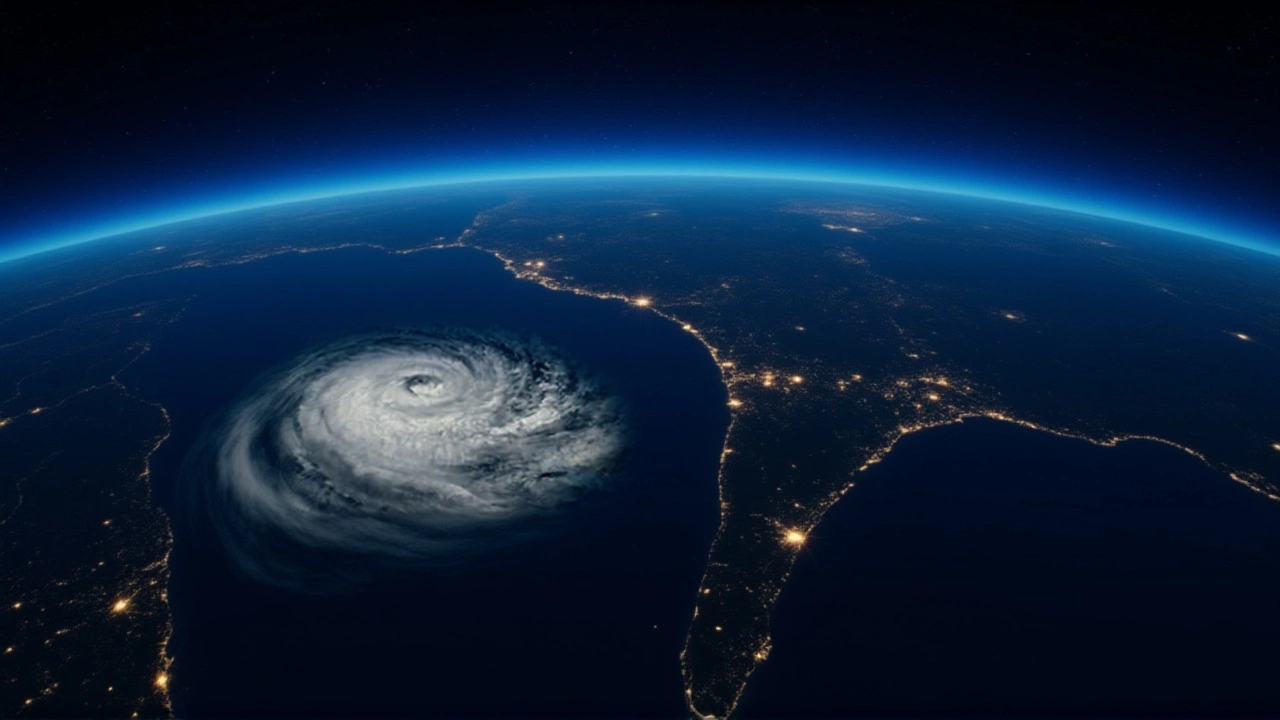Heat Wave
When you hear the term Heat Wave, a prolonged period of excessively high temperatures that can disrupt daily life. Also known as heatwave, it often brings health warnings, power strain, and travel headaches.
One of the first things people notice is how a heat wave reshapes tourism, the industry that moves people to and from destinations for leisure or business. Travelers may cancel outdoor tours, hotels see lower occupancy, and airlines adjust schedules to avoid scorching airports. This shift shows the direct link: a heat wave influences tourism demand.
Beyond the travel sector, a heat wave puts pressure on the economy, the system of production, consumption, and income that drives a country’s growth. Workers losing hours, farms suffering crop loss, and increased energy bills all add up to a measurable dip in GDP. In other words, heat wave impacts economic performance.
Health risks are another major facet. Prolonged exposure raises cases of dehydration, heatstroke, and exacerbates respiratory problems. Public health agencies issue alerts and hospitals brace for a surge in patients. That connection—heat wave heightens health concerns—makes preparedness essential.
Why heat waves matter to travelers and businesses
Scientists agree that climate change, the long‑term shift in temperature and weather patterns caused largely by greenhouse gases is increasing the frequency and intensity of heat waves. This means businesses can’t treat extreme heat as a one‑off event; they need strategies that adapt to a hotter future.
For tourism operators, the semantic triple is clear: heat wave → reduced outdoor activity → lower revenue. Smart operators respond by offering indoor attractions, early‑morning tours, or water‑based experiences. That shift not only keeps guests happy but also cushions the economic hit.
From an economic angle, the triple expands: heat wave → higher energy demand → increased operational costs → tighter profit margins. Companies that invest in energy‑efficient cooling systems or shift work hours can offset some of those expenses.
Healthcare providers see a similar pattern: heat wave → higher patient load → strain on resources → need for emergency planning. Hospitals that stock cooling equipment and train staff in heat‑related illnesses improve outcomes and reduce costs.
Policy makers also play a role. By funding green infrastructure—like shade trees in city centers or reflective roofing—governments can blunt the heat wave’s blow on both tourism and the broader economy. Those actions illustrate another semantic triple: climate change mitigation → cooler urban environments → healthier, more attractive destinations.
Travelers themselves can make a difference. Packing lightweight clothing, staying hydrated, and planning activities for cooler parts of the day reduces personal risk and eases pressure on local services. When visitors act responsibly, the tourism sector stays resilient.
Businesses that understand these relationships gain a competitive edge. A hotel that advertises its climate‑controlled rooms, or a tour company that highlights night‑time wildlife safaris, turns a heat wave challenge into a selling point.
In short, heat wave isn’t just a weather event; it’s a catalyst that reshapes tourism, swings the economy, and tests public health systems. Below you’ll find articles that dig deeper into each of these angles, from work‑culture debates sparked by scorching offices to the way heat affects sports performance and travel safety. Browse the collection to see how experts across fields are tackling the heat wave reality.
Cyclone Biparjoy Hits Gujarat: 150,000 Evacuated as Heat Wave Breaks
0 Comments
Cyclone Biparjoy hit Gujarat on June 15, 2023, prompting a 150,000‑person evacuation, 12 deaths, and a 3‑6°C temperature drop that eased a deadly heat wave.
Read More